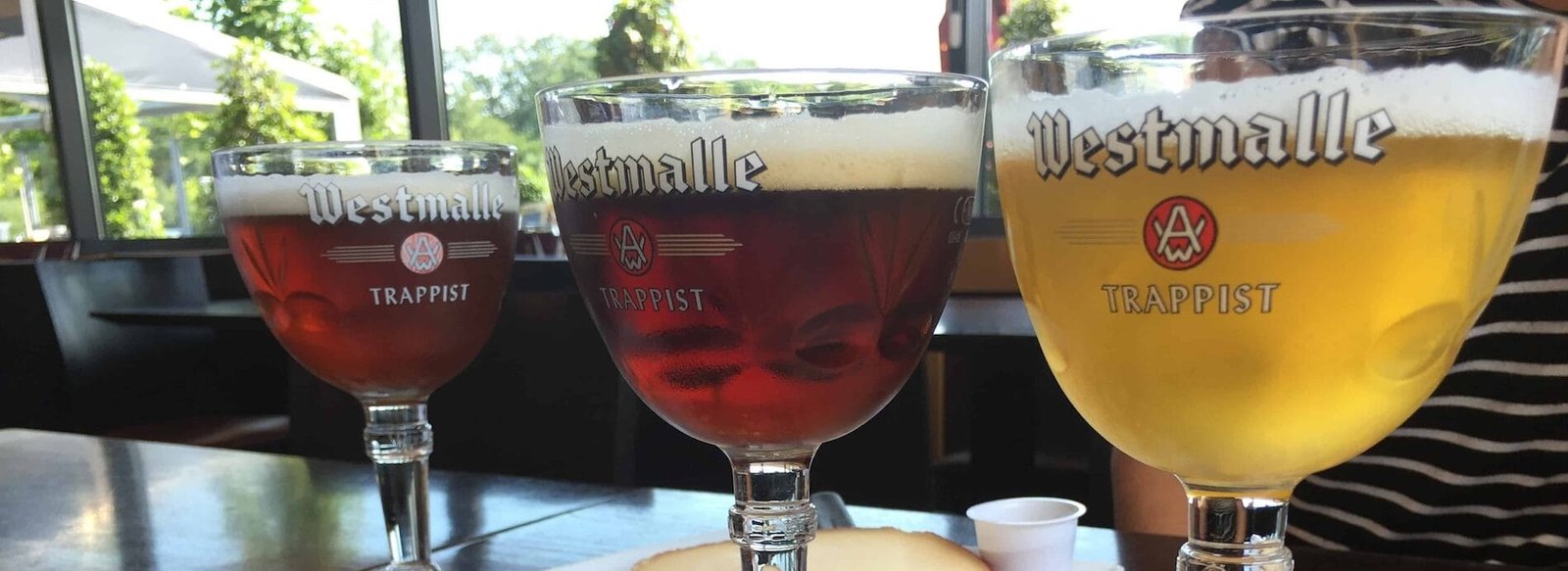Belgium is renowned for its rich brewing tradition, which dates back centuries. The country is home to a diverse range of beer styles, many of which are celebrated for their complexity and depth of flavor. One of the most intriguing aspects of Belgian brewing is the use of spices, which can transform a simple brew into a remarkable experience. This article explores how Belgian brewers incorporate spices into their beers, the history behind this practice, and the impact of these ingredients on flavor.
The Historical Context of Spices in Brewing
The use of spices in brewing is not a novel concept. Historically, before the widespread use of hops, various herbs and spices were employed to flavor beer. In Belgium, this tradition has persisted, and many brewers continue to experiment with a variety of spices to create distinctive flavors. The practice can be traced back to the Middle Ages when monasteries played a crucial role in brewing. Monks often used local ingredients, including spices, to enhance the taste of their beers.
As brewing techniques evolved, so did the understanding of flavor profiles. The introduction of hops in the brewing process provided a new avenue for flavor enhancement, but Belgian brewers did not abandon the use of spices. Instead, they embraced it, leading to the creation of unique styles that are now synonymous with Belgian beer.
The Role of Spices in Flavor Development
Spices serve multiple purposes in Belgian brewing. They can enhance aroma, add complexity, and create a sensory experience that engages the drinker. Unlike hops, which primarily contribute bitterness and aroma, spices can introduce a wide array of flavors, from sweet and floral to earthy and pungent. This versatility allows brewers to craft beers that are not only enjoyable but also memorable.
Common Spices Used in Belgian Brewing
1. Coriander: One of the most prevalent spices in Belgian beers, coriander adds a citrusy, slightly spicy note. It is often used in witbiers, a traditional Belgian white beer, to complement the beer’s light body and refreshing character.
2. Orange Peel: Dried orange peel is another common ingredient, particularly in Belgian-style witbiers. It imparts a zesty, fruity aroma that enhances the beer’s overall flavor profile.
3. Cardamom: This aromatic spice is sometimes used in Belgian ales to add a warm, spicy note. Its unique flavor can elevate the complexity of a beer, making it more intriguing.
4. Ginger: Known for its sharp, spicy flavor, ginger can add a refreshing kick to Belgian beers. It is often used in seasonal brews, especially those intended for winter consumption.
5. Star Anise: With its distinct licorice flavor, star anise can create a unique flavor profile in Belgian beers. It is often used in darker ales and can add depth and warmth.
6. Cloves: Cloves contribute a warm, sweet-spicy flavor that can enhance the malt character of a beer. They are often found in darker Belgian styles, where they complement the rich, roasted flavors.
The Art of Balancing Flavors
One of the key challenges for brewers using spices is achieving balance. The goal is to enhance the beer’s flavor without overpowering it. This requires a deep understanding of how different spices interact with other ingredients, such as malt and yeast. Brewers often conduct extensive experimentation to determine the right quantities and combinations of spices.
For instance, in a Belgian witbier, the use of coriander and orange peel must be carefully calibrated. Too much coriander can dominate the beer’s flavor, while too little may leave it tasting flat. Similarly, the balance between sweetness from the malt and the spiciness from the coriander is crucial to creating a harmonious brew.
Regional Variations and Innovations
Belgium’s brewing landscape is incredibly diverse, with each region offering its own interpretations of traditional styles. This regional variation extends to the use of spices as well. For example, in the Flanders region, brewers may incorporate local herbs into their sour ales, creating a unique flavor profile that reflects the terroir.
Innovative brewers are also pushing the boundaries of spice usage. Some are experimenting with unconventional spices, such as saffron or chili peppers, to create bold and unexpected flavors. These innovations often lead to limited-edition releases that capture the attention of beer enthusiasts.
The Influence of Yeast
In Belgian brewing, yeast plays a crucial role in flavor development. The unique strains of yeast used by Belgian brewers contribute fruity and spicy esters that complement the spices added to the beer. This interaction between yeast and spices creates a complex flavor profile that is characteristic of Belgian beers.
For example, in a Belgian tripel, the yeast may produce notes of banana and clove, which can harmonize beautifully with the addition of spices like coriander or orange peel. This interplay between yeast and spices is a hallmark of Belgian brewing and contributes to the overall experience of the beer.
The Consumer Experience
For many beer drinkers, the experience of enjoying a Belgian beer is about more than just taste; it encompasses aroma, mouthfeel, and even the visual appeal of the beer. The use of spices adds an additional layer to this experience. The aromas released from the spices can evoke memories and emotions, creating a connection between the drinker and the beer.
Moreover, the complexity of flavors in Belgian beers encourages exploration. Beer enthusiasts often seek out different styles and variations, eager to discover new combinations of spices and ingredients. This curiosity drives the craft beer movement, as consumers become more adventurous in their choices.
How Belgian Brewers Use Spices to Enhance Flavor
Belgian brewers have mastered the art of using spices to enhance flavor, creating beers that are rich, complex, and memorable. The historical context of spice usage, combined with a deep understanding of flavor balance and the influence of yeast, allows brewers to craft unique brews that stand out in the crowded beer market. As the craft beer movement continues to evolve, the innovative use of spices will likely remain a defining characteristic of Belgian brewing, inviting both seasoned enthusiasts and newcomers to explore the vast world of flavors that these remarkable beers have to offer.
In a landscape where flavor is paramount, the careful incorporation of spices serves as a testament to the creativity and craftsmanship of Belgian brewers. Their dedication to tradition, paired with a willingness to experiment, ensures that the legacy of Belgian brewing continues to thrive, one spice at a time.

